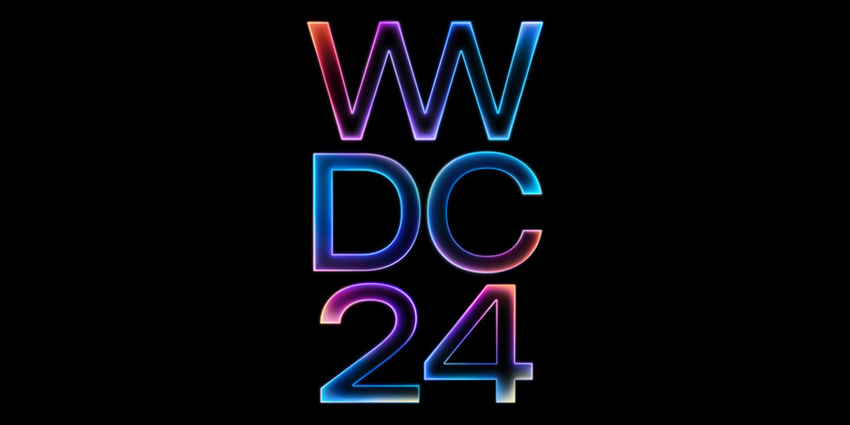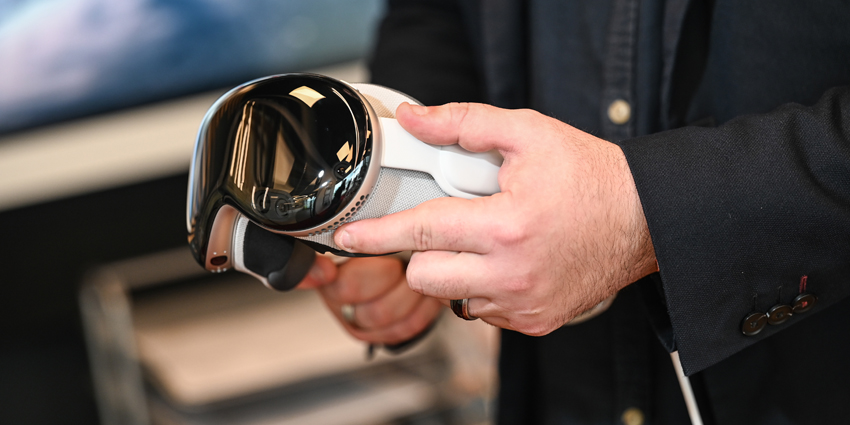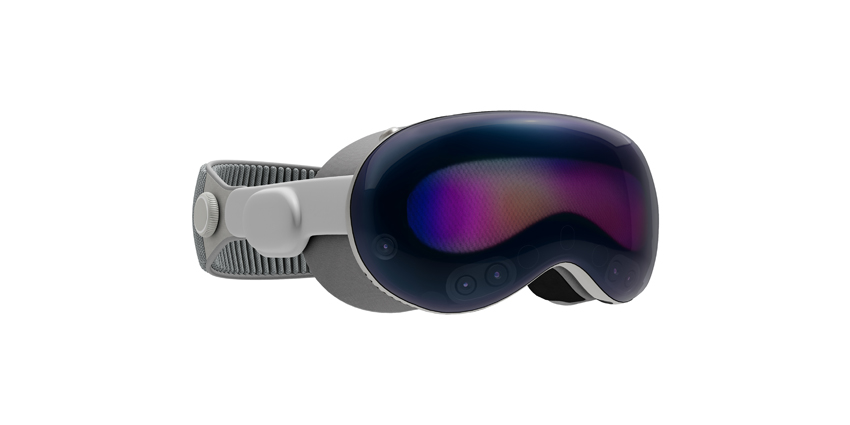This Monday, Microsoft yet again updated its Avatar system for Teams. The move officially debuts the service for public previewing, allowing Microsoft to showcase an immersive alternative to remote/hybrid remote work communications.
Now, the leading technology firm is publicly adding avatar representation onto its Teams platform. The update means Teams users can use a customisable virtual human to participate in calls.
With its public debut, Avatars for Teams also comes with several system updates to optimise the feature for the service’s large-scale enterprise user base.
Users can access the avatar suite via an integrated application. Although users should note that the service is only accessible via the public preview avenue, a testing space before Microsoft fully integrates the feature.
Microsoft initially ran its Avatar for Teams system as a private model, updating the service more recently for its public launch.
Avatars for Teams Optimisations
Among its many updates, Microsoft publicly launched its avatar system with top-tier optimisation so enterprise clients can leverage an immersive alternative today.
Microsoft is adding improved performance and lighting rendering systems to enhance an avatar’s hair and skin graphics.
Moreover, Microsoft is improving avatar customisation. Teams users can create a personalised business avatar. The firm is creating an inclusive and diverse wardrobe for users, including clothing, headwear, and accessories.
During a meeting, an optimised and personalised Teams avatar can communicate during a meeting with animated emoji reactions. The feature allows workers to communicate non-verbally during a call by raising an avatar’s hand or clapping, for example.
The animated reaction feature assists Microsoft in reaching its goal of providing an immersive alternative to workers using webcams, therefore, increasing the communications options available to workers while providing high flexibility.
Microsoft’s 365 Roadmap: Avatars for Teams
Earlier this month, Microsoft started introducing its avatar system’s latest version.
In a 365 roadmap announcement, Microsoft unveiled that it is testing the latest version of its immersive service among select users, ready for a public debut.
In its March roadmap announcement, Microsoft explained that Avatars for Microsoft Teams gives workers a “much-needed” camera break that supports effective collaboration. The firm also added that users could “add a new layer of choice” to Teams meetings.
Microsoft is working hard to offer immersive solutions via its Mesh infrastructure, a service in Azure utilising XR technology.
Microsoft Mesh provides immersive communication and collaboration solutions that operate across various devices.
Following a partnership at the end of last year, Microsoft extended its Mesh support to include the Meta Quest Pro device. Mesh services are now accessible via HoloLens, Meta Quest, PC, and mobile devices.
From AltSpace VR to Avatars for Microsoft Teams
Microsoft doubled down on the development of Mesh over the past year.
Notably, the Microsoft Mesh team gained new staff following its closure of AltSpace VR.
The Microsoft-owned Metaverse service shut its doors on March 10, 2023; previously, Microsoft acquired the service in 2017 following successful operations after its May 2015 debut.
After the service’s closure, the Microsoft Mesh development team gained some of AltSpace VR’s remaining staff and resources.
Microsoft previously operated AltSpace VR via its Mesh division, seemingly allowing for a simple transfer of resources.
In their closing statements, the AltSpace VR team outlined their wish to contribute to a Mesh platform that provides the “widest opportunity to all involved, including creators, partners and customers.”
In addition to its latest immersive solution. Microsoft also debuted CoPilot this Month. The service leverages prompt-based AI systems to help workers complete tasks on the 365 suite.
Microsoft gained its AI functions following a long-standing partnership with Open AI, the developers of ChatGPT, eventually securing a strong partnership between the firms.
NVIDIA Introduces Enterprise-Grade Avatars
Alternatively, NVIDIA is also introducing avatar solutions to improve workplace and customer experience communications.
At its yearly GTC online event this month, NVIDIA unveiled Omniverse tools to create enterprise-grade avatars or virtual humans for customer experience (CX) services.
Omniverse, a real-time 3D (RT3D) content creation suite, now supports enterprise-grade avatar content creations via its new Avatar Cloud Engine (ACE).
NVIDIA’s cloud-native service allows virtual human content creation via a series of microservices that support the development and integration of avatars across various levels of a business.
ACE leverages AI models and algorithms which accelerate and flatten the curve of avatar creation for client-facing business operations such as customer services.
ACE also leverages various other integrated Omniverse tools and services, such as Audio2Face, Tokkio, Live Portrait, and NeMo, to secure platform developers with a range of production optimisation functionalities.
Avatars for CX
Omniverse RT3D content creators can benefit from cloud-based features enabling ACE distribution across any RT3D engine using a public or private cloud to suit a variety of CX use cases.
Moreover, businesses can ensure customer data protection with Omniverse Privacy and Security Shield features. NVIDIA even purpose-built Shield variants for markets such as healthcare.
One of NVIDIA’s early access partners is AT&T. The company is looking into ways to make the ACE service work at all levels of its business.
Specifically, the company uses the ACE and Tokkio AI avatar workflows to create and implement virtual assistants for its customer service channels. ACE is also powering AT&T’s employee help desk to improve internal communication.
AT&T plans to distribute its ACE virtual avatars throughout various regions with consideration for local languages in order to provide round-the-clock customer support. This will enable AT&T to reduce capital expenditures and enhance CX channels.
AT&T and Quantiphi, an NVIDIA service provider, are collaborating to supply the company’s avatar solutions.






